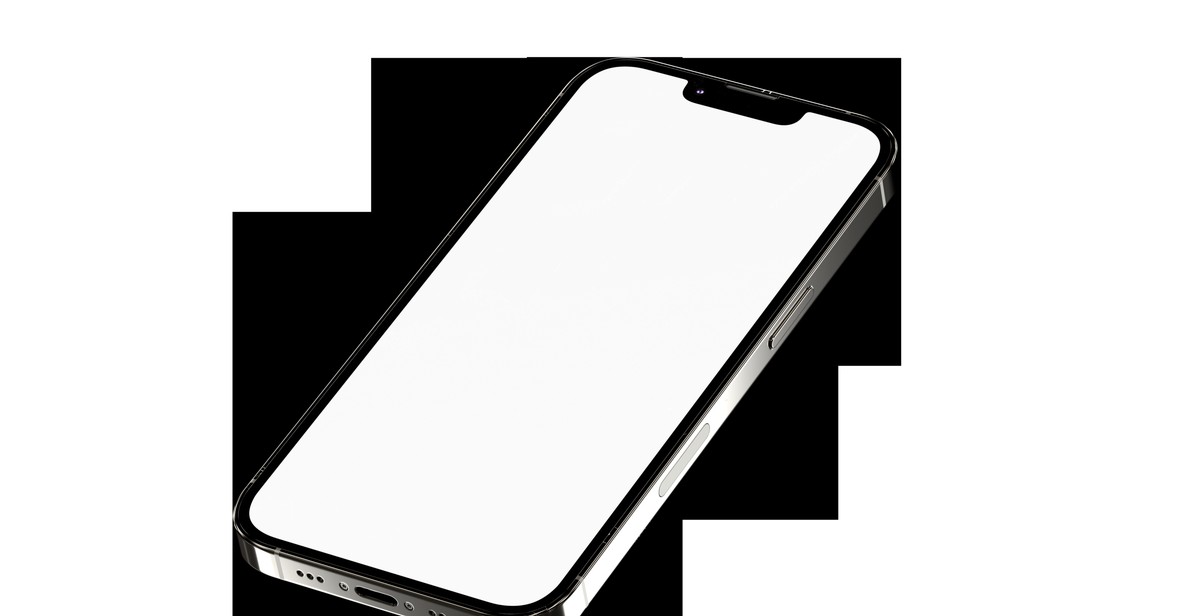Introduction
Creating a logo is one of the most important aspects of building a brand identity. A logo is the visual representation of your brand, and it is often the first thing that people notice about your business. A well-designed logo can make a lasting impression on your audience and help you stand out in a crowded market.
Why is a Logo Important?
A logo is the face of your brand, and it is what people will associate with your business. It is a symbol of your company’s values, mission, and personality. A well-designed logo can help build trust and credibility with your audience, and it can make your brand more recognizable and memorable.
Furthermore, a logo is an essential element of your marketing strategy. It can be used on everything from business cards and websites to social media profiles and advertisements. A consistent and well-designed logo can help create a cohesive brand image across all of your marketing materials.
Overall, creating a logo that accurately reflects your brand identity is crucial for any business looking to establish a strong and recognizable brand presence. In this article, we will discuss how to create a logo design that effectively communicates your brand values and personality.

Step 1: Define Your Brand Identity
Before creating a logo design that reflects your brand identity, you need to define what that identity is. Your brand identity is the personality and image that you want to portray to your target audience. It’s what sets you apart from your competitors and makes you recognizable.
Identify Your Brand Personality
The first step in defining your brand identity is to identify your brand personality. This is the set of human characteristics that you want your brand to be associated with. Your brand personality should align with your target audience’s values and beliefs, as well as your brand’s unique selling proposition (USP).
- Start by brainstorming a list of adjectives that describe your brand. Are you playful or serious? Traditional or modern? Sophisticated or down-to-earth?
- Consider your brand’s mission statement, vision, and values. How do they align with your brand personality?
- Think about your target audience and what personality traits they would find appealing in a brand.
Determine Your Unique Selling Proposition (USP)
Your USP is what sets you apart from your competitors and makes your brand unique. It’s the reason why your target audience should choose your brand over others. Defining your USP will help you create a logo design that reflects your brand identity and appeals to your target audience.
- Start by analyzing your competitors. What makes your brand different from theirs?
- Consider your brand’s strengths and weaknesses. What do you do better than your competitors?
- Think about your target audience and what they value. What problem does your brand solve for them?
By identifying your brand personality and USP, you’ll have a solid foundation for creating a logo design that reflects your brand identity. The next step is to start brainstorming logo ideas that align with your brand personality and USP.

Step 2: Research Your Competitors
After defining your brand identity and determining your target audience, the next step in creating a logo design is to research your competitors. Analyzing your competitors’ logos can help you identify opportunities for differentiation and ensure that your logo stands out in your industry.
Analyze Competitor Logos
Start by creating a list of your competitors and their logos. Take a close look at each logo and analyze its design elements, color scheme, typography, and overall style. Consider the message that each logo conveys and how it reflects the brand identity of the company.
Make note of any similarities between your competitors’ logos and the potential risks of creating a logo that looks too similar to theirs. You want your logo to stand out and be easily recognizable as your own.
Identify Opportunities for Differentiation
Use your analysis of your competitors’ logos to identify opportunities for differentiation. Look for ways to make your logo unique and memorable while still conveying your brand identity. Consider incorporating elements that are specific to your industry or that represent your company’s values or mission.
Creating a logo that is different from your competitors’ logos can help you stand out in your industry and make a lasting impression on your target audience. Use your research to create a logo that reflects your brand identity and sets you apart from your competitors.

Step 3: Choose Your Design Elements
Now that you have a clear understanding of your brand identity and have identified your target audience, it’s time to start choosing your design elements. Your logo design should be visually appealing, memorable, and reflective of your brand’s personality.
Select Your Color Palette
The colors you choose for your logo play a huge role in how your brand is perceived. Different colors evoke different emotions and feelings, so it’s important to choose colors that align with your brand’s personality and values. For example, blue is often associated with trust and reliability, while yellow is associated with happiness and optimism. Consider using a color wheel to help you choose a complementary color scheme for your logo.
Choose Your Typography
The typography you choose for your logo can also have a significant impact on how it’s perceived. Your font should be easy to read and align with your brand’s personality. If you’re going for a more modern and sleek look, consider a sans-serif font. If you want to convey a more traditional and classic feel, consider a serif font.
Decide on Your Icon or Symbol
Whether you choose to include an icon or symbol in your logo is up to you. However, if you do decide to include one, make sure it’s relevant to your brand and easy to recognize. Your icon or symbol should also be scalable and work well in different sizes and formats.
By carefully selecting your color palette, typography, and icon or symbol, you can create a logo design that effectively reflects your brand identity.

Step 4: Sketch Your Ideas
Now that you have a clear understanding of your brand identity and have gathered inspiration, it’s time to start brainstorming and sketching your logo concepts. This step is crucial as it helps you to visualize your ideas and bring them to life.
Brainstorm and Sketch Your Concepts
Start by jotting down any ideas that come to mind, no matter how silly or unrealistic they may seem. This will help you to get your creative juices flowing and may even inspire new ideas. Once you have a list of ideas, start sketching them out on paper or using a digital drawing tool.
Don’t worry about making your sketches perfect at this stage; the goal is to quickly get your ideas down on paper so you can refine them later. Try experimenting with different shapes, colors, and typography to see what works best for your brand.
Refine Your Ideas
After sketching out your concepts, take a step back and evaluate each one. Ask yourself if it accurately reflects your brand identity and if it will resonate with your target audience. From there, choose the strongest concepts and start refining them. This could involve tweaking the design, adjusting the color palette, or experimenting with different fonts.
Remember, the goal is to create a logo that is both visually appealing and meaningful to your brand. Take your time with this step and don’t be afraid to ask for feedback from others. With patience and persistence, you’ll create a logo that truly reflects your brand identity.

Step 5: Create Your Logo
Now that you have a clear understanding of your brand identity, it’s time to create your logo. Your logo is the face of your brand, and it’s important to create a design that reflects your brand values and personality. Here are the steps to create a logo that represents your brand:
Choose Your Design Software
There are many design software options available for creating logos, ranging from free online tools to professional graphic design software. Some popular options include:
- Adobe Illustrator: This professional design software is the industry standard for creating vector graphics, including logos.
- Canva: This free online tool offers a variety of templates and design elements to help you create a logo quickly and easily.
- Inkscape: This free, open-source vector graphics editor is a great option for those on a budget.
Choose the design software that best fits your needs and expertise.
Design Your Logo
When designing your logo, keep your brand identity in mind. Use colors, fonts, and graphics that match your brand personality. Consider the following:
- Color: Choose colors that reflect your brand values and personality. For example, blue is often associated with trust and stability, while red is associated with passion and excitement.
- Typography: Choose fonts that are easy to read and reflect your brand personality. For example, a modern sans-serif font may be appropriate for a tech startup, while a classic serif font may be more suitable for a luxury brand.
- Graphics: Choose graphics that are relevant to your brand and reflect your brand personality. For example, a tech startup may use a graphic of a computer or smartphone, while a bakery may use a graphic of a cupcake or rolling pin.
Once you have designed your logo, test it in different sizes and formats to ensure it looks good across all platforms.
| Step | Task |
|---|---|
| 1 | Research and brainstorm logo ideas |
| 2 | Choose your design software |
| 3 | Design your logo |
| 4 | Test your logo in different sizes and formats |

Step 6: Test and Refine Your Logo
Once you have created a logo that you believe reflects your brand identity, it is time to test it out and refine it as necessary. This step is crucial to ensure that your logo resonates with your target audience and effectively communicates your brand message.
Get Feedback
The first step in testing your logo is to get feedback from others. This can include your employees, customers, and other stakeholders. Ask them what they think of your logo and if it effectively communicates your brand message. You can also conduct surveys or focus groups to gather more in-depth feedback.
When gathering feedback, it is important to keep an open mind and be willing to make changes. Remember, your logo is not just for you, it is for your target audience. If they do not connect with it, it may be time to go back to the drawing board.
Make Necessary Adjustments
Based on the feedback you receive, you may need to make some adjustments to your logo. This could include changing the color scheme, font, or overall design. It is important to keep in mind that small changes can have a big impact on how your logo is perceived.
Once you have made the necessary adjustments, test your logo again and gather feedback. Repeat this process until you have a logo that effectively communicates your brand message and resonates with your target audience.
Remember, creating a logo is a process, and it may take some time to get it just right. But with patience, persistence, and a willingness to make changes, you can create a logo that reflects your brand identity and helps you stand out in a crowded market.

Conclusion
Creating a logo that reflects your brand identity is an essential aspect of building a successful business. Your logo is the face of your brand, and it should convey your brand’s values, personality, and message. A well-designed logo can help you establish a strong brand identity, increase brand recognition, and attract new customers.
To create a logo that truly reflects your brand identity, it’s important to start with a clear understanding of your brand’s values, mission, and target audience. Once you have a solid foundation, you can work with a professional designer or use online logo design tools to create a logo that captures your brand’s essence.
When designing your logo, keep in mind that simplicity is key. A simple, clean logo is more memorable and versatile than a complex one. Your logo should also be scalable, meaning it should look good in any size, from a small social media icon to a large billboard.
Finally, make sure your logo is consistent with your brand’s overall visual identity. Use the same colors, fonts, and design elements across all your marketing materials to create a cohesive brand experience for your customers.
Key Takeaways
- A logo that reflects your brand identity is essential for building a successful business.
- Start with a clear understanding of your brand’s values, mission, and target audience.
- Keep your logo simple, clean, and scalable.
- Ensure your logo is consistent with your brand’s overall visual identity.
By following these tips, you can create a logo that truly reflects your brand identity, helps you stand out from the competition, and attracts new customers.
